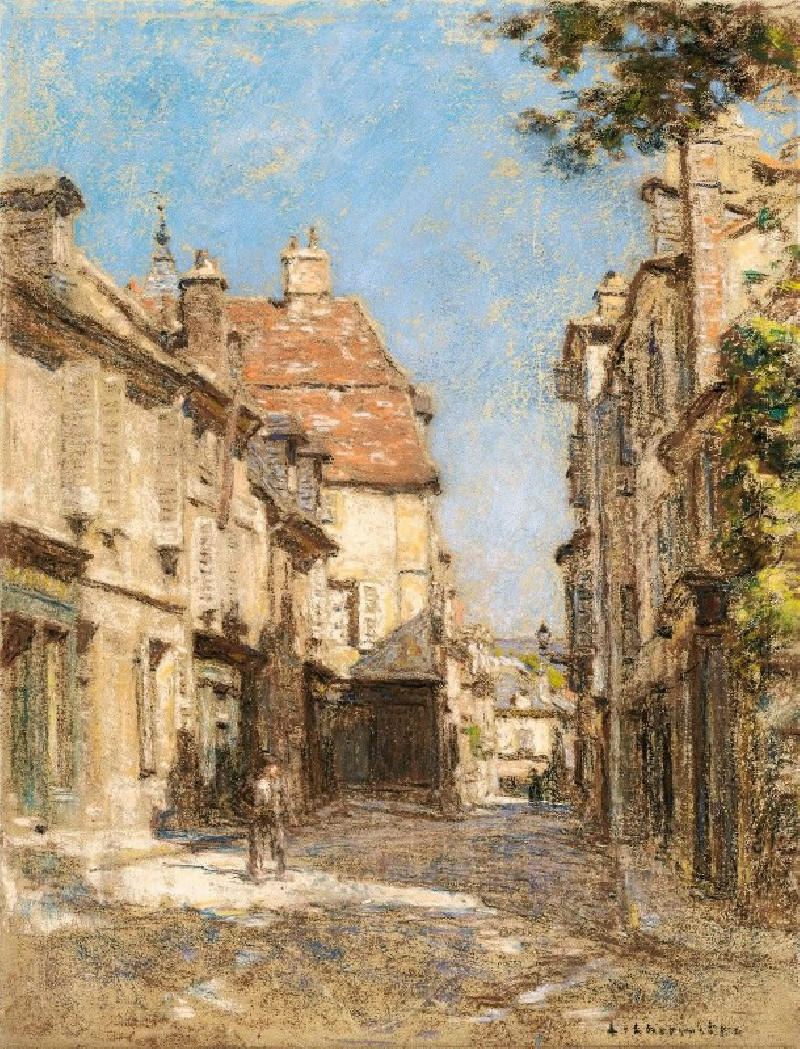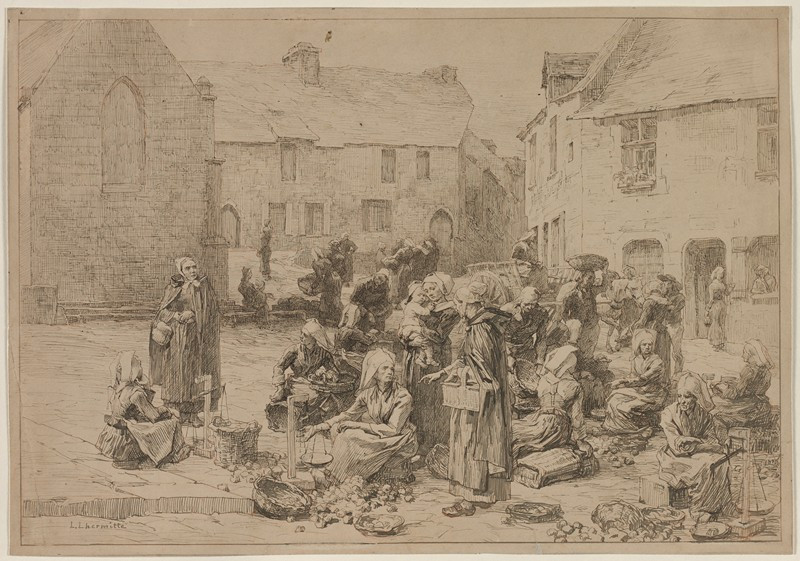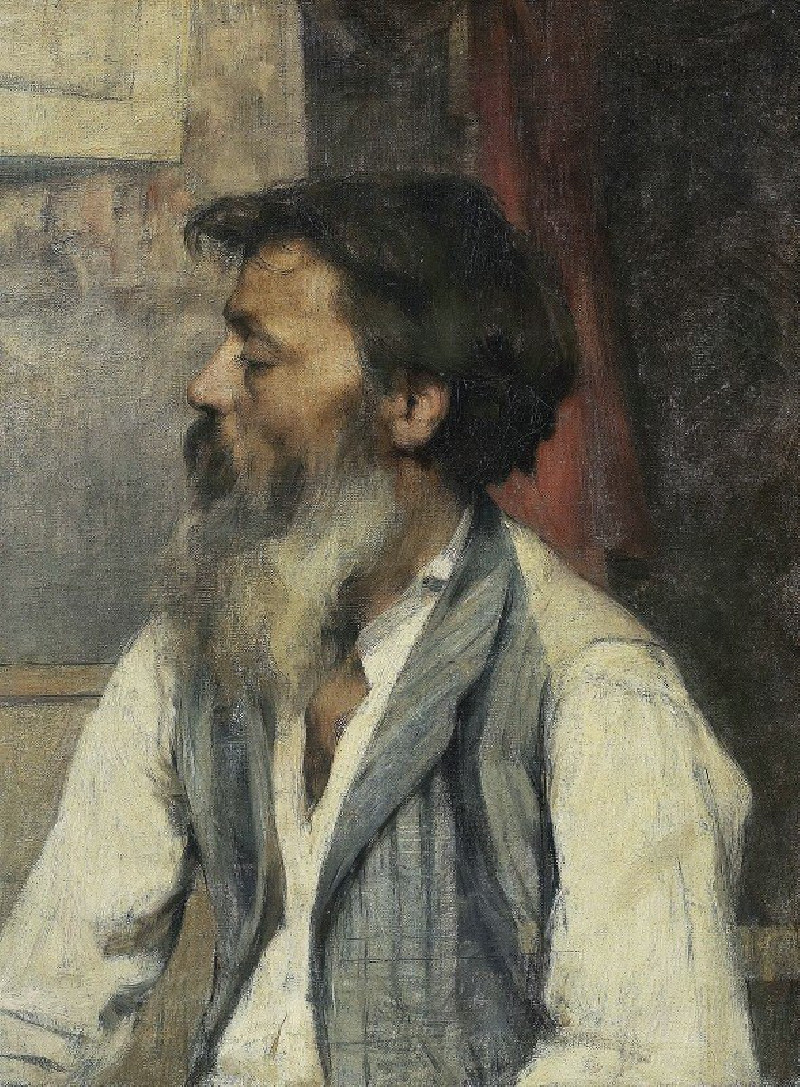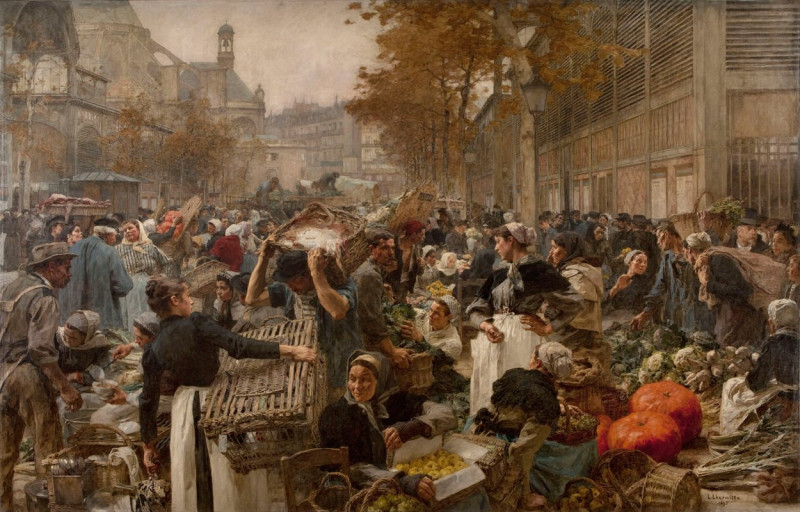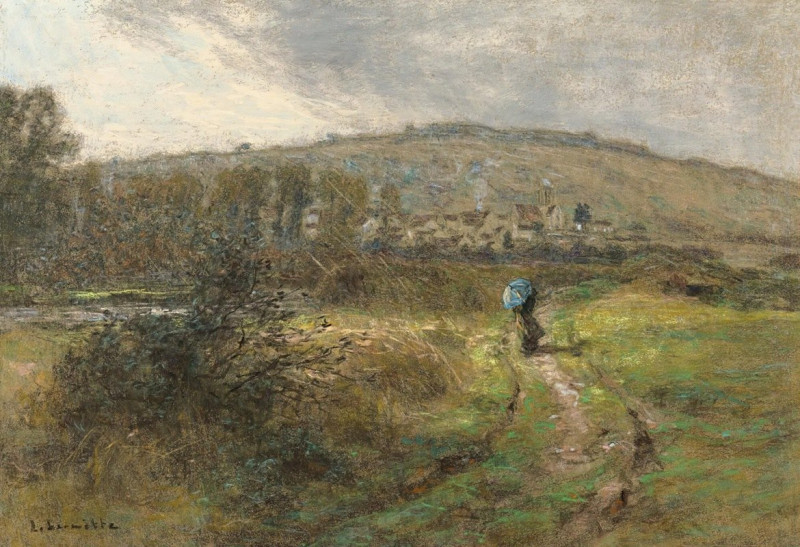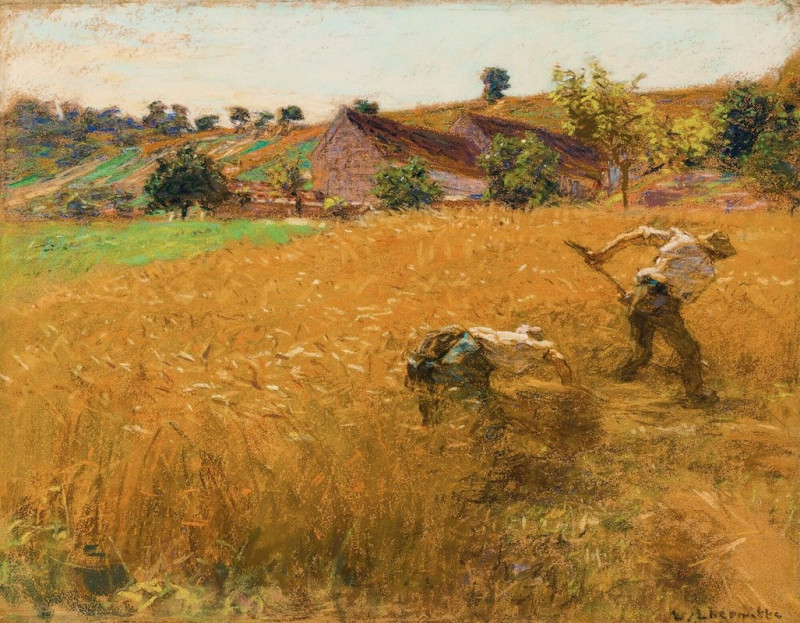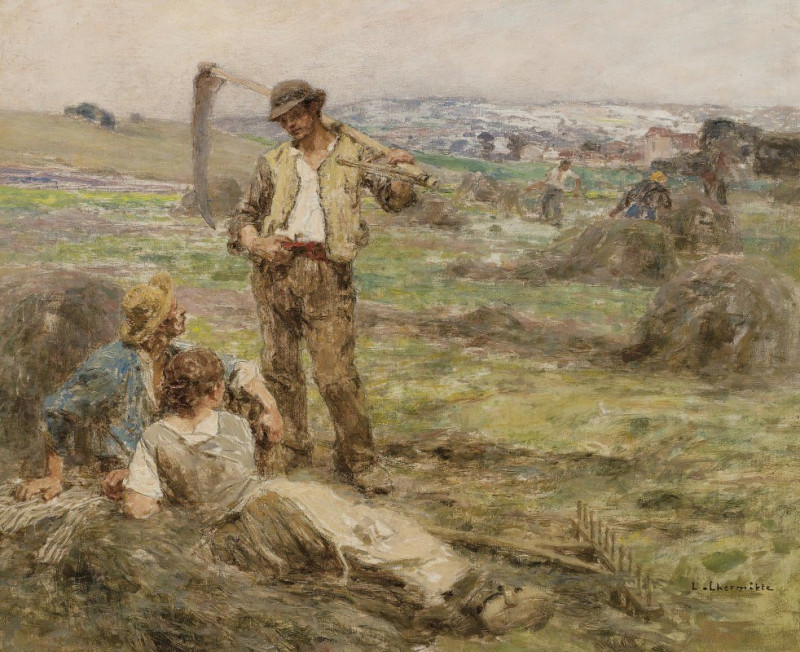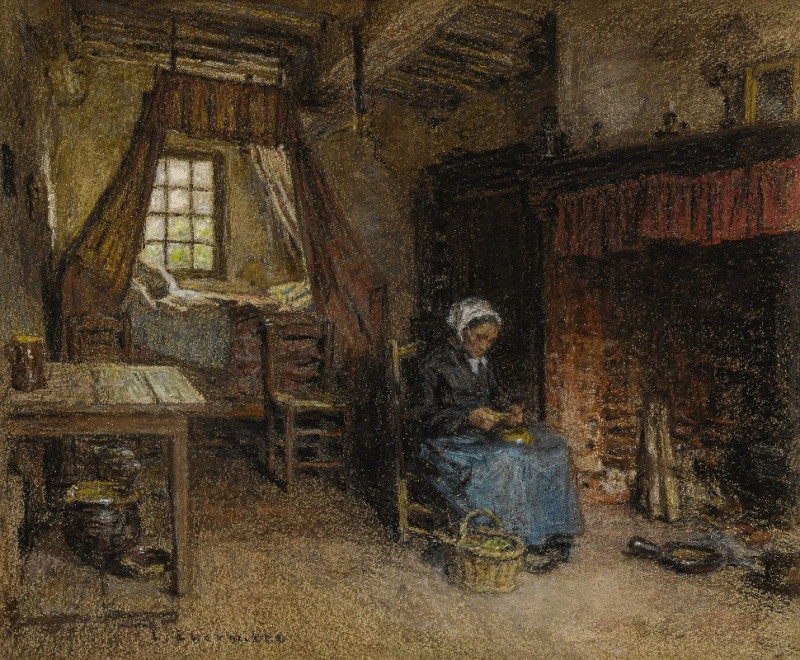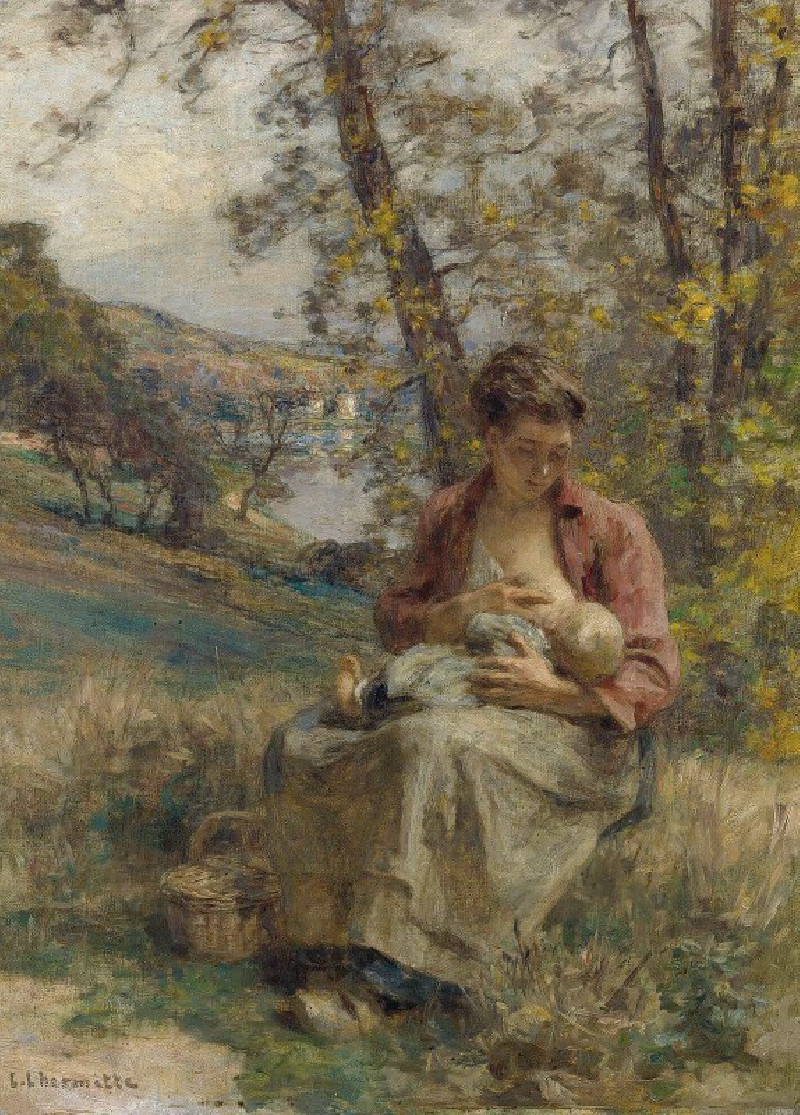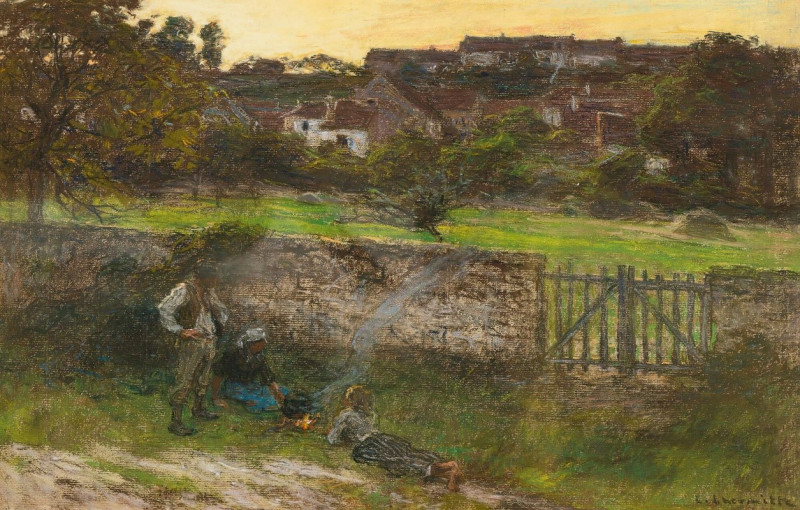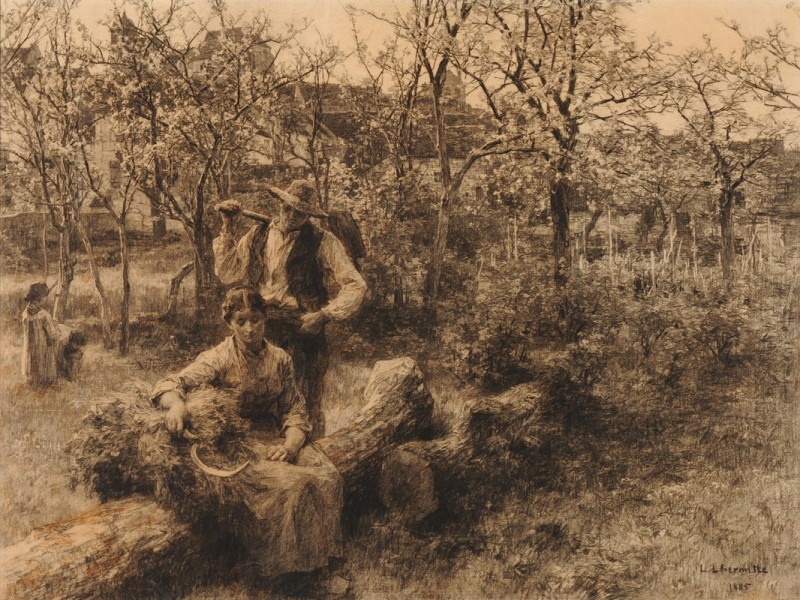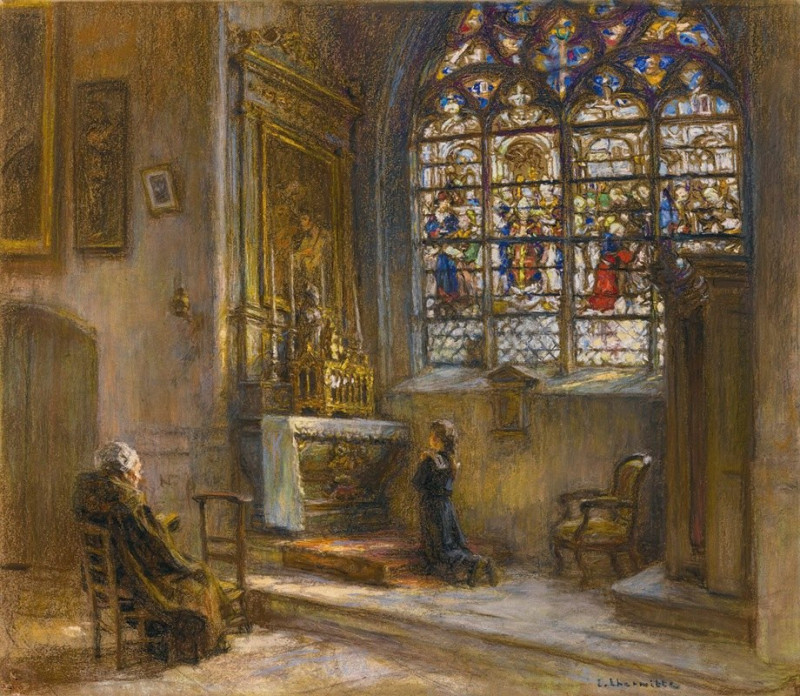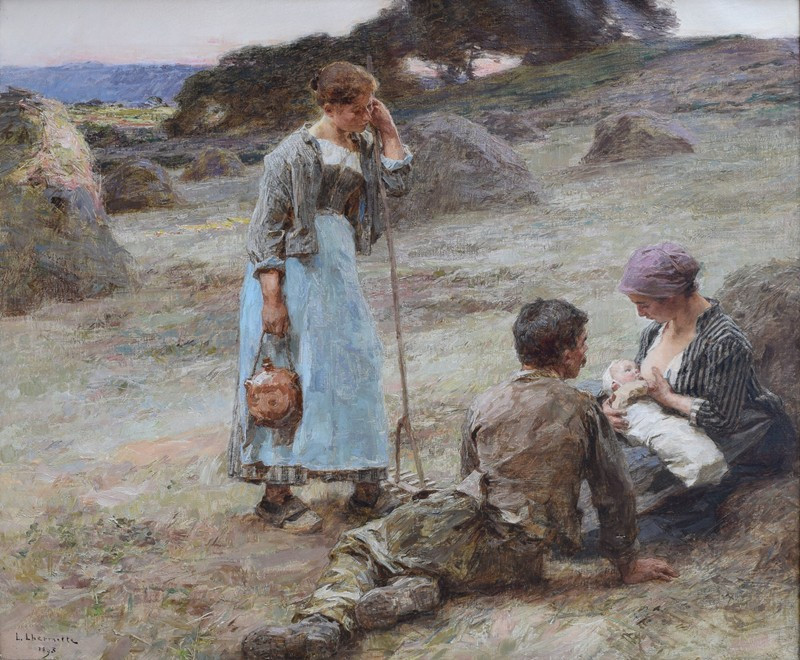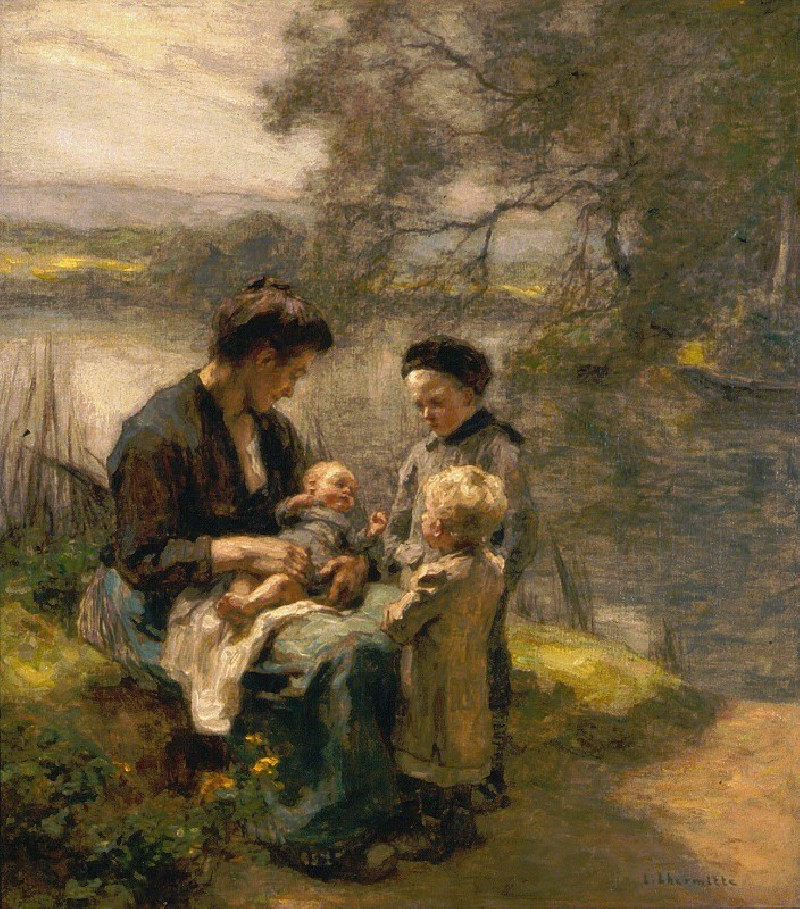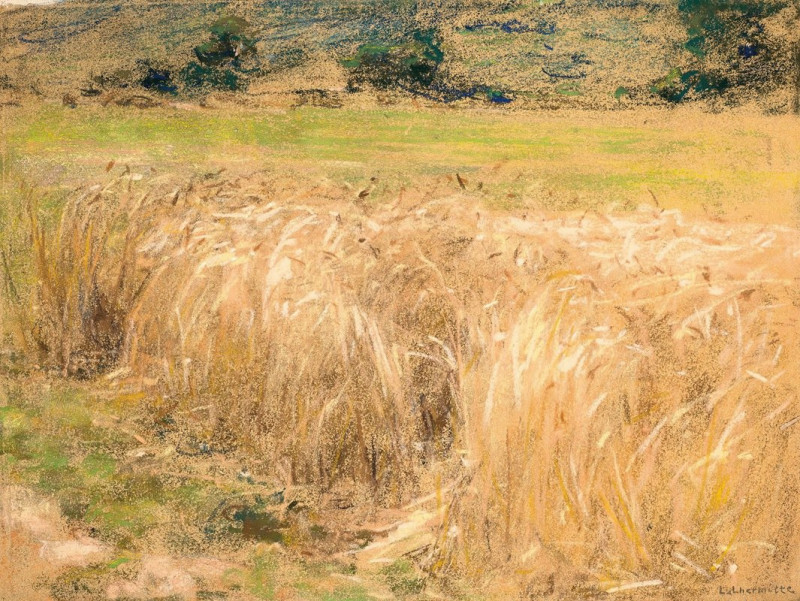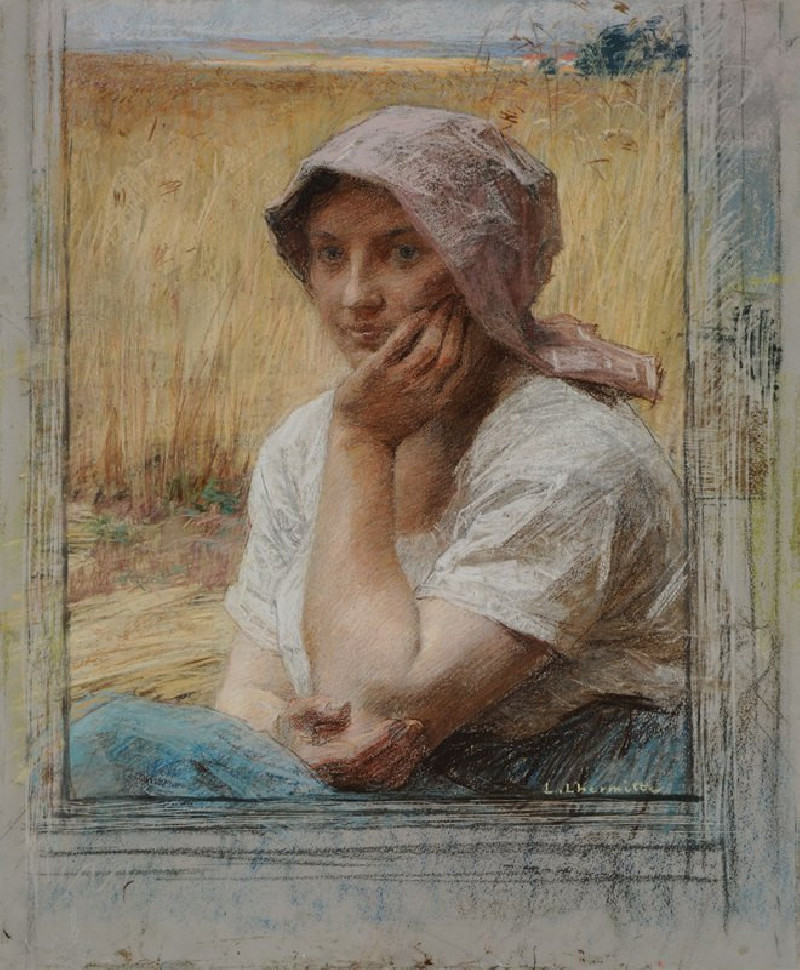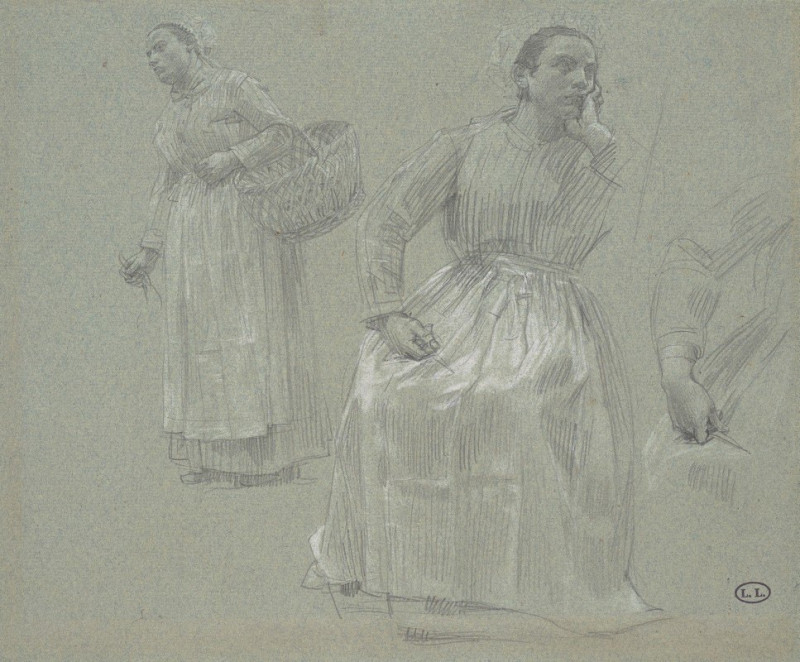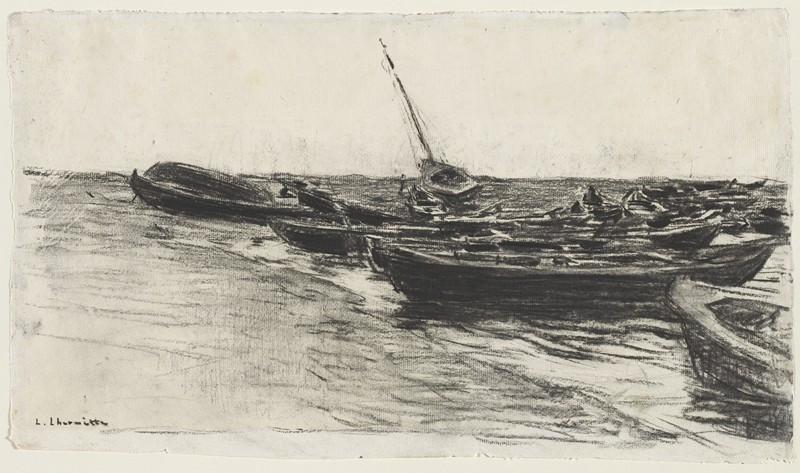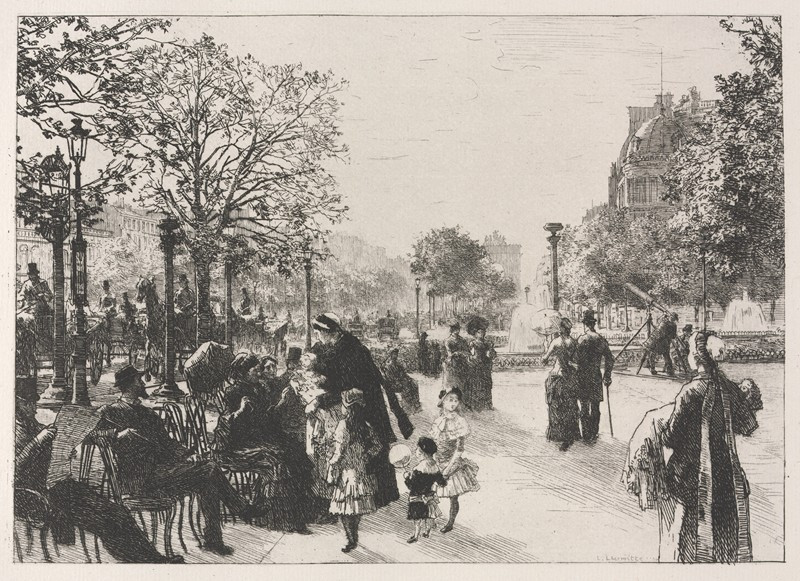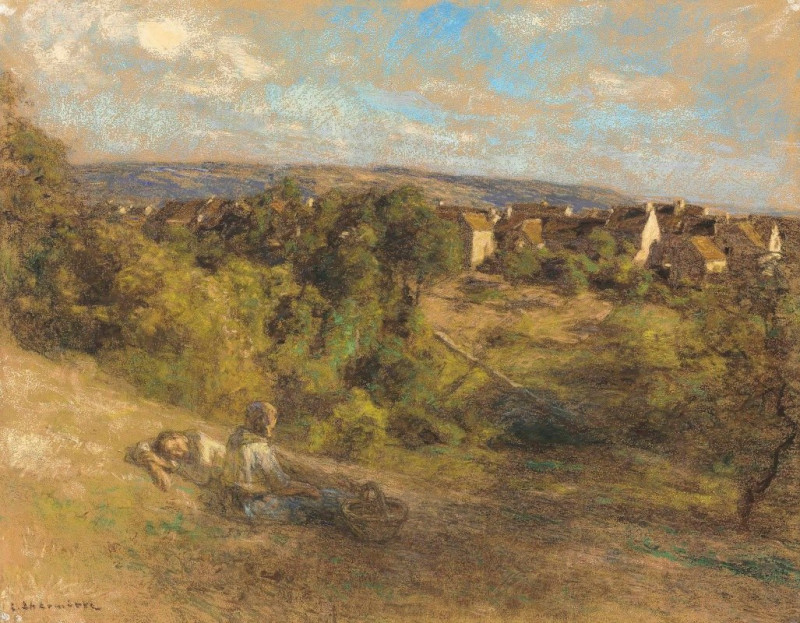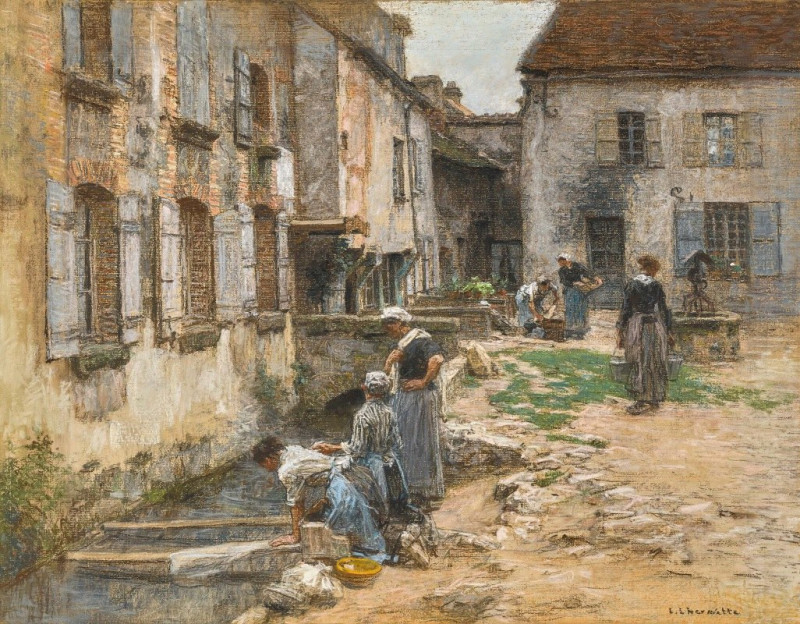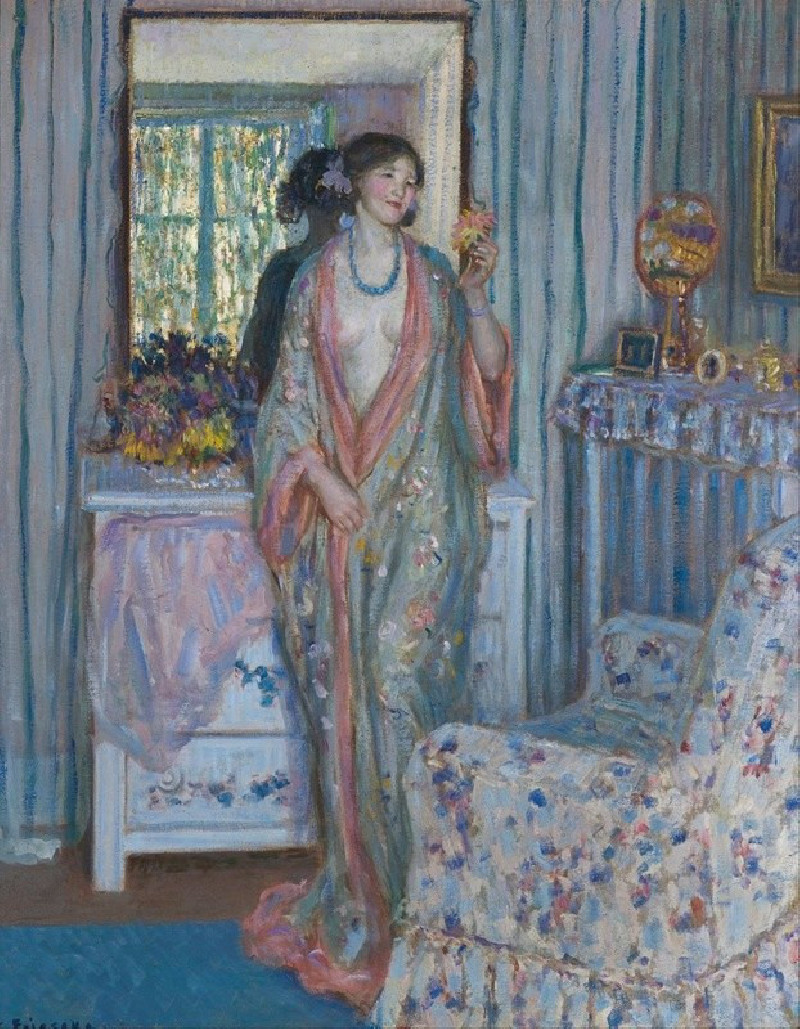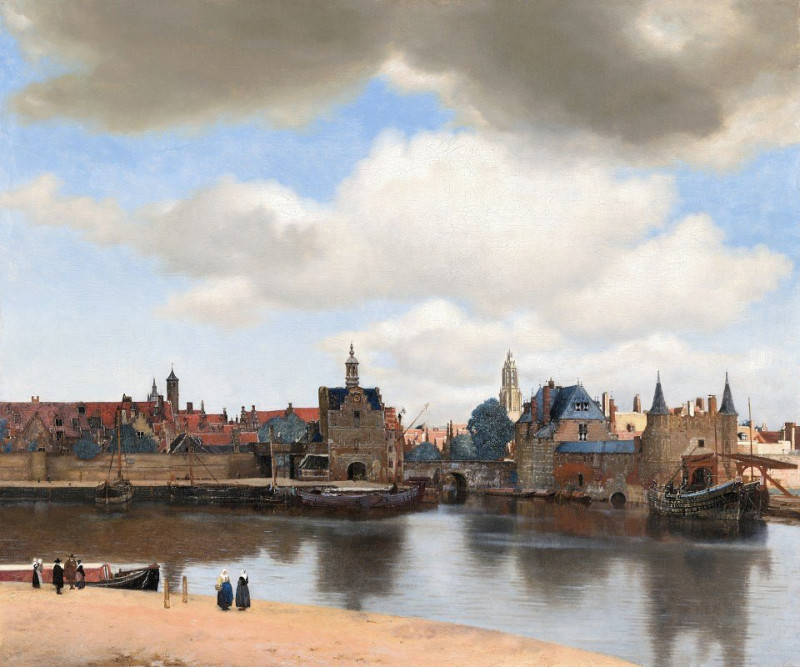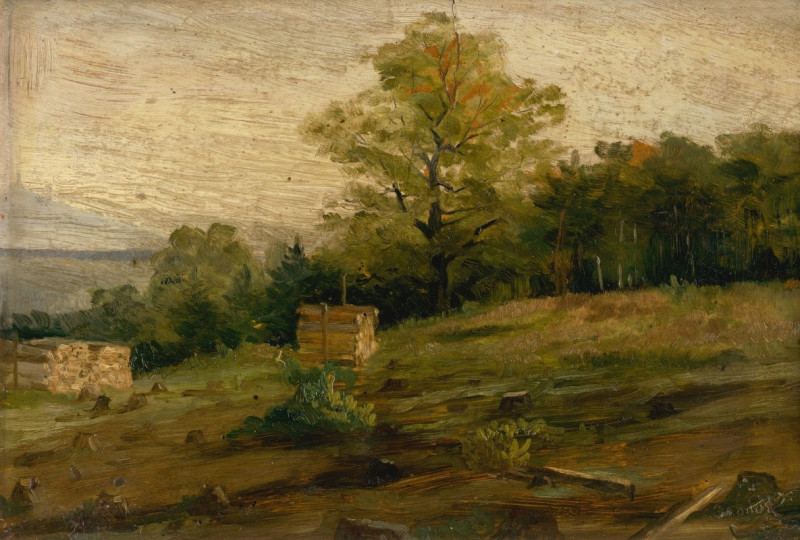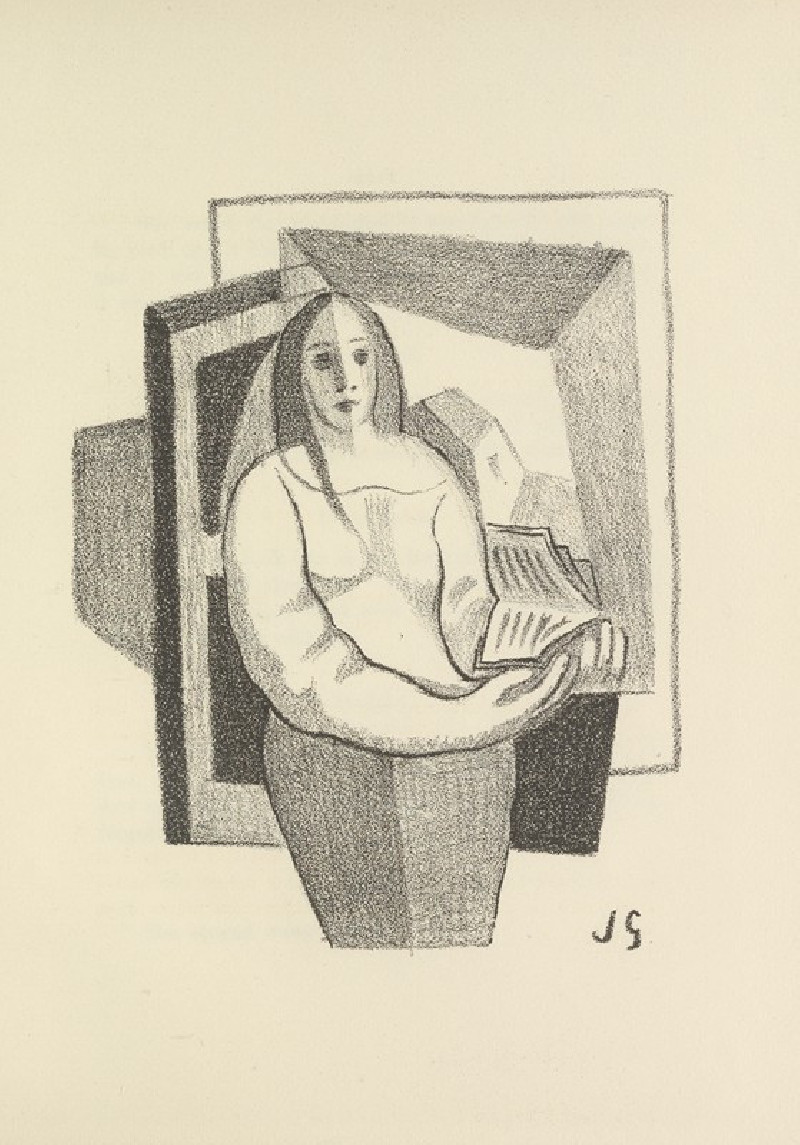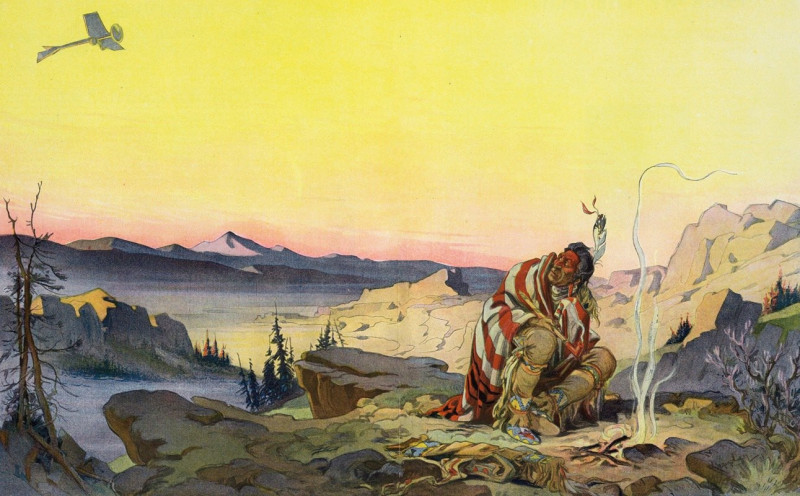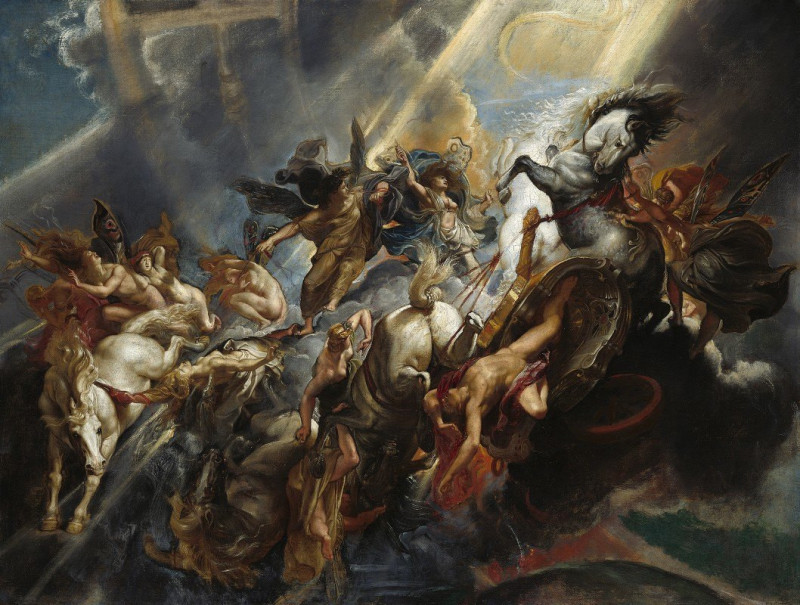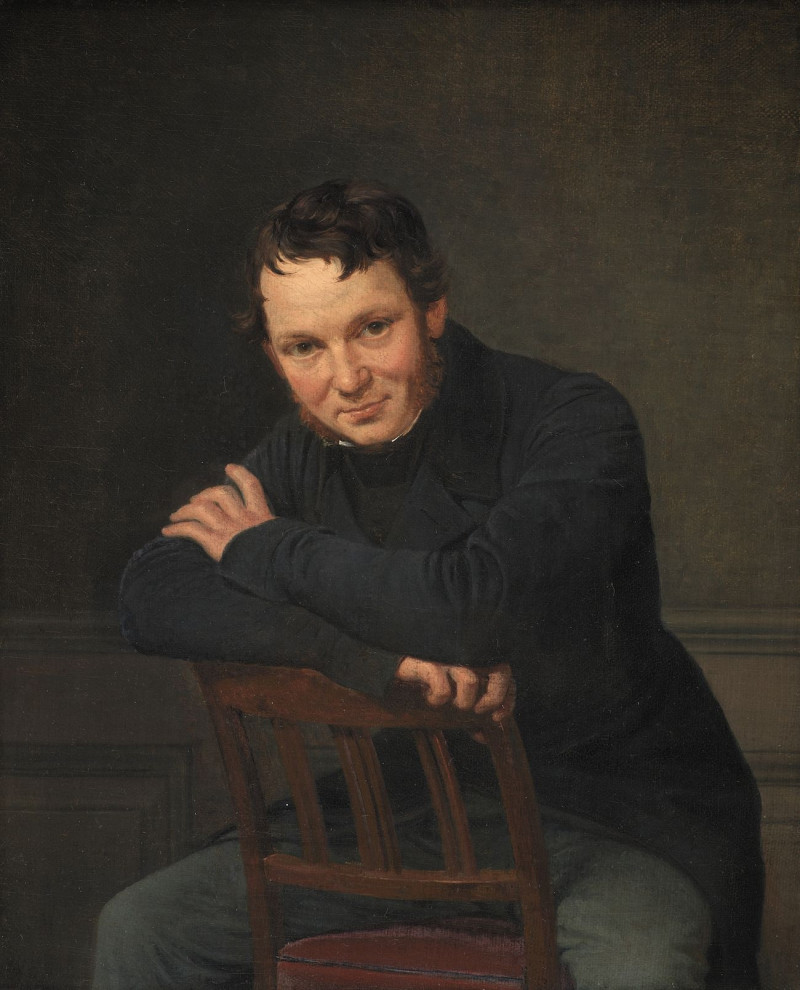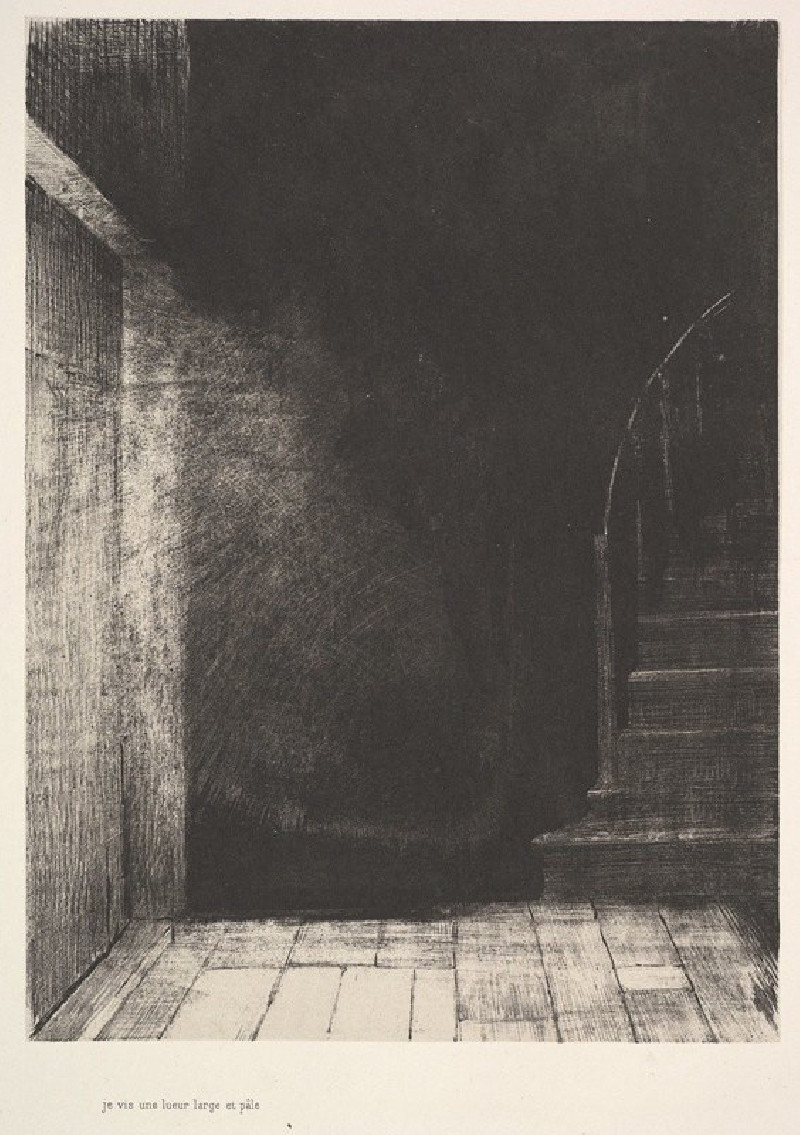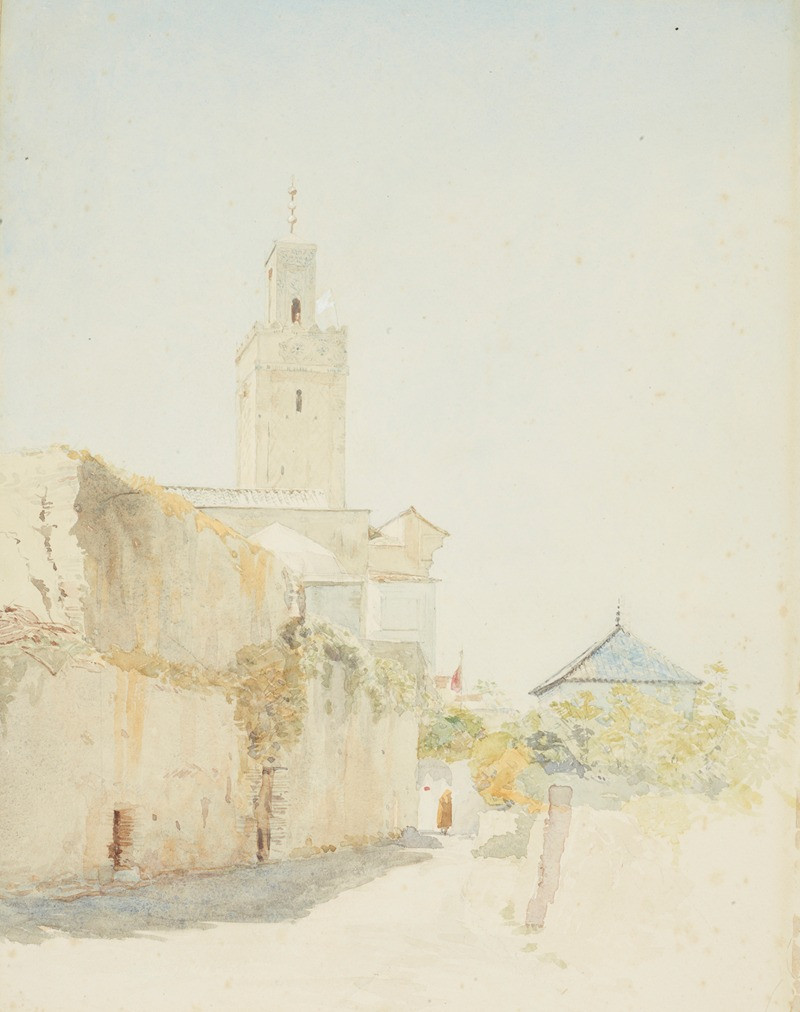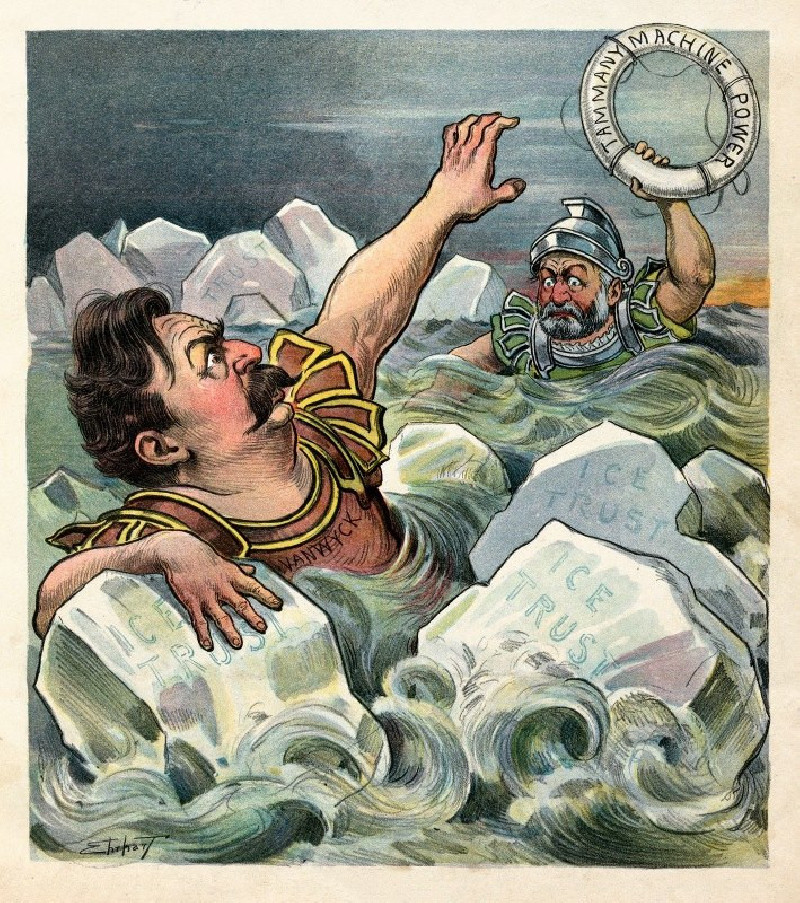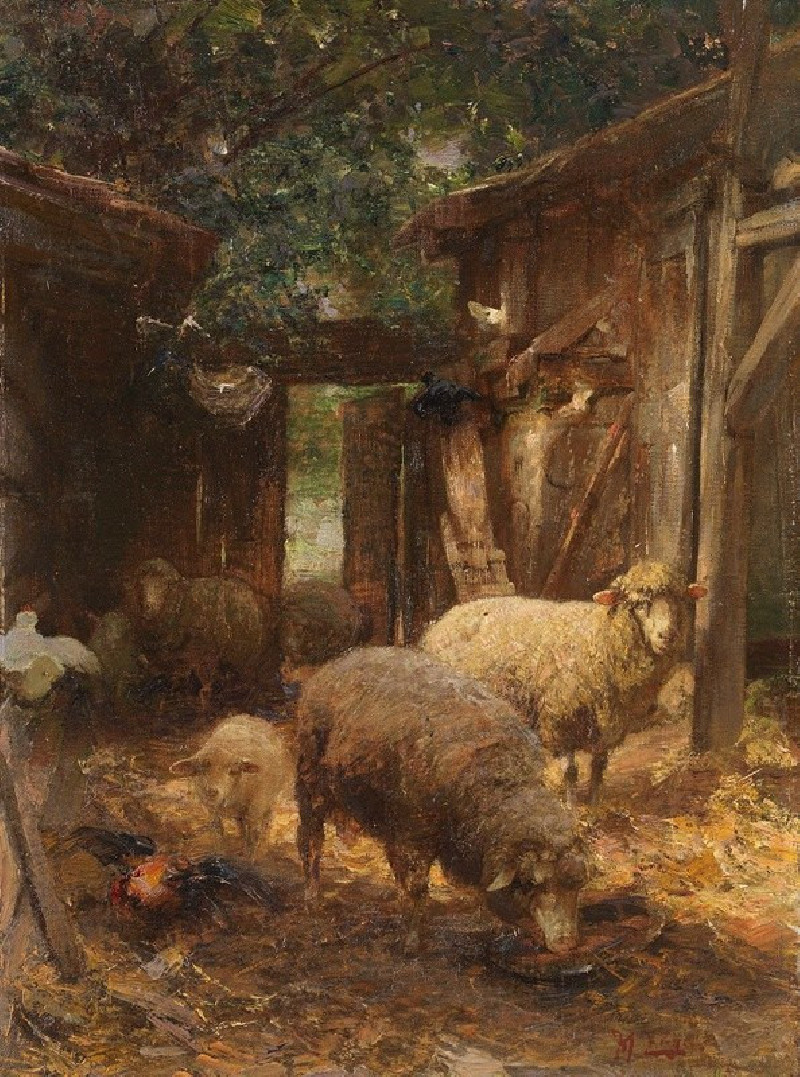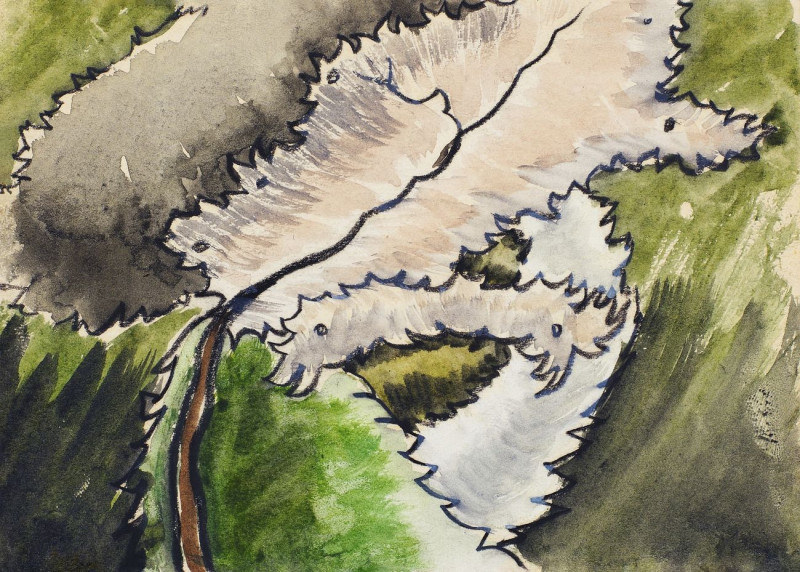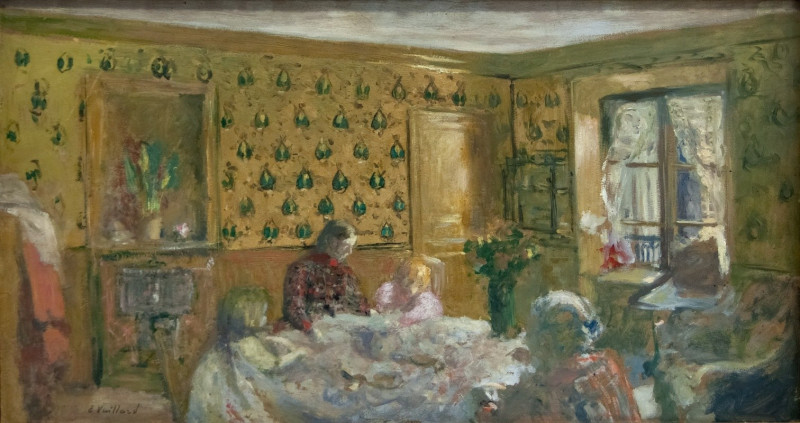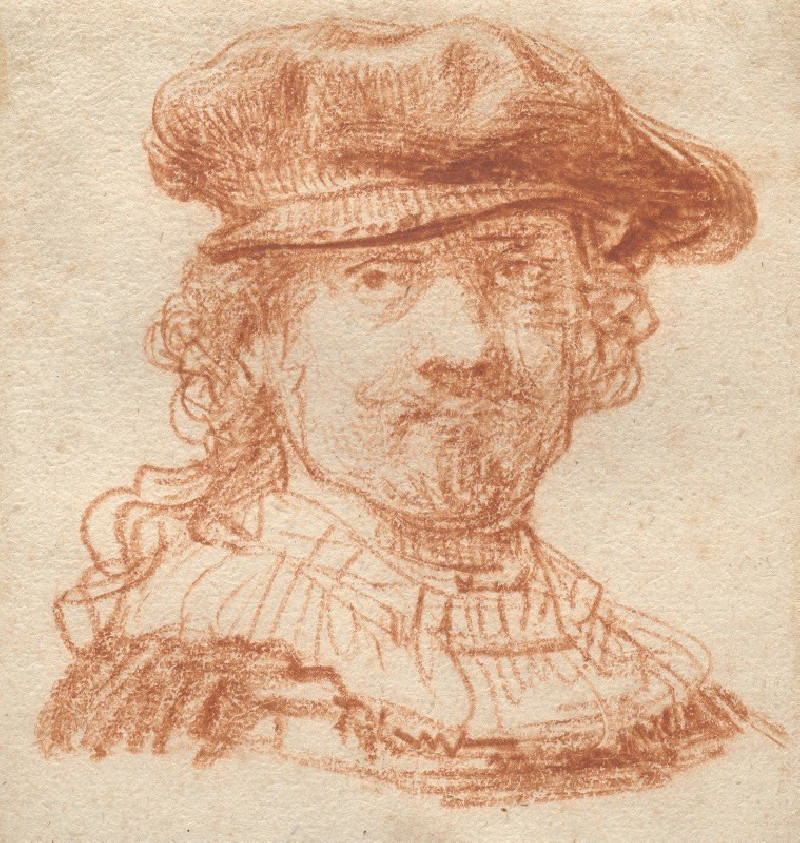L’approvisionnement des Halles (1888)
Technique: Giclée quality print
Recommended by our customers
More about this artwork
Step back in time to 1888 Paris with Léon Augustin Lhermitte's captivating painting, "L’approvisionnement des Halles". This masterful work portrays the bustling atmosphere of Les Halles, the iconic central marketplace that was once the heart of Parisian commerce and social interaction.Lhermitte, renowned for his realistic portrayals of French rural and urban life, fills this canvas with a palpable energy that transports viewers straight into the scene. The painting vividly displays vendors and shoppers maneuvering through the crowded marketplace, surrounded by an array of goods from luscious vegetables to fresh seafood. Each brushstroke beautifully captures the light and shadow of the scene, highlighting the expressions and movements of the market-goers.The artist's use of dynamic, sketch-like strokes imbues the scene with motion and life, making the viewer feel as though they are weaving through the crowds beside the depicted figures. Prominent in the foreground are women in traditional attire, engaging in commerce, which emphasizes the significant role they played in everyday market activities."L’approvisionnement des Halles" not only provides a window into the historical daily life of Parisians but also showcases Lhermitte's unique ability to blend precision and spontaneity. The detailed rendering of the background architecture further anchors the scene in its specific historical and geographical context, providing depth and a sense of place.This painting is a splendid example of Lhermitte's artistic prowess and a vibrant historical document of Paris at the cusp of modernity.
Delivery
Returns
Léon Augustin Lhermitte was a French naturalist painter and etcher whose primary subject matter was rural scenes depicting peasants at work.
He was a student of Lecoq de Boisbaudran, he gained recognition after his show in the Paris Salon in 1864.
His many awards include the French Legion of Honour (1884) and the Grand Prize at the Exposition Universelle in 1889.


